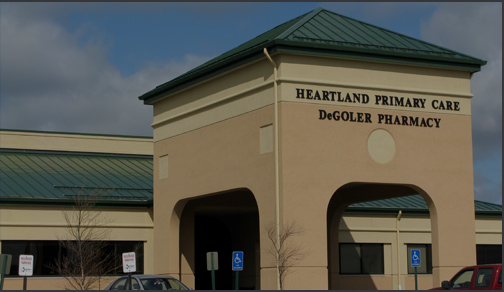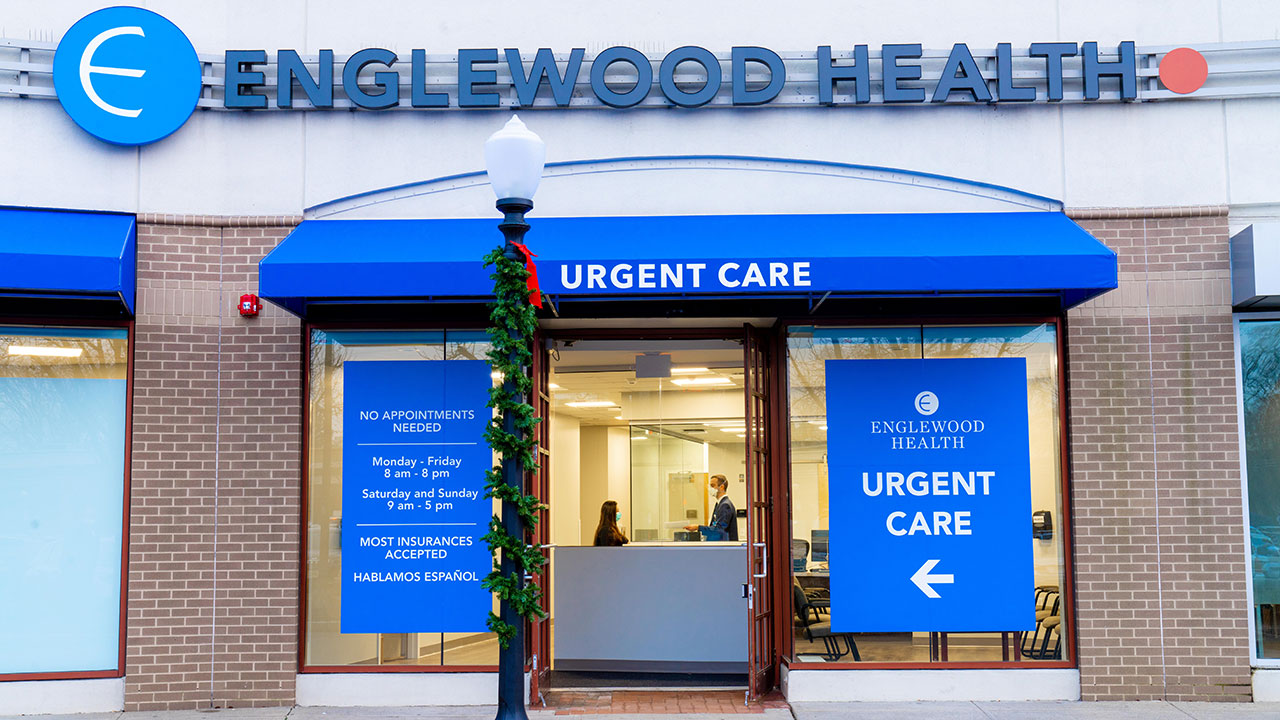The Value of Urgent Care Centers in Bridging the Gap Between Health Care and Emergency Situation Solutions
Immediate treatment centers have actually arised as an important component of the healthcare landscape, successfully attending to the critical need for prompt clinical attention without resorting to emergency situation solutions. The developing role of immediate care facilities increases essential questions concerning their integration within the wider healthcare system and the ramifications for client outcomes and resource allotment.
Summary of Urgent Treatment Centers
Immediate treatment centers have come to be a crucial part of the healthcare delivery system, giving accessible medical solutions for non-life-threatening conditions. These centers normally run outside common office hours, offering people an alternative to emergency clinic and key treatment settings. Clients looking for urgent care typically existing with problems such as minor injuries, infections, or ailments that need timely focus yet do not pose an immediate threat to life or limb.
Immediate care facilities are staffed by a variety of healthcare specialists, including medical professionals, registered nurse specialists, and medical professional assistants, who are equipped to identify and deal with numerous medical issues. They commonly feature analysis tools such as X-ray machines and laboratory solutions, allowing them to supply thorough care on-site.
The establishment of urgent care centers has been affected by the increasing demand for prompt medical services in a fast-paced society, where clients may struggle to secure appointments with health care suppliers. Consequently, these facilities intend to ease blockage in emergency situation divisions, improving total healthcare efficiency. Furthermore, urgent care centers usually serve as a bridge in between medical care and emergency services, ensuring that clients obtain proper care customized to their details medical needs.

Advantages of Urgent Treatment Services
Accessing timely treatment is a significant advantage of urgent treatment services. These centers provide prompt attention for non-life-threatening conditions, effectively lowering wait times compared to standard emergency situation divisions. Patients seeking take care of minor injuries, diseases, or immediate wellness worries can get therapy without the lengthy hold-ups often related to hospital check outs.
One more secret advantage is the extended hours of operation. Lots of immediate treatment centers are open nights and weekend breaks, suiting individuals who may not be able to visit their main treatment service provider throughout typical workplace hours. This adaptability makes immediate care an obtainable alternative for those with active timetables or sudden wellness concerns.
Additionally, immediate care facilities commonly provide a vast array of solutions, including analysis testing, X-rays, and standard research laboratory services. This comprehensive approach permits quick diagnosis and treatment, enhancing patient complete satisfaction.
Additionally, immediate treatment facilities are normally a lot more cost-efficient than emergency clinic, making them an attractive alternative for people without insurance coverage or those with high-deductible plans. Generally, urgent care solutions play an important role in providing accessible, prompt, and affordable clinical care.
Contrast With Main Treatment
Usually, people often consider their alternatives between immediate care facilities and primary treatment companies when looking for medical interest. Both serve essential functions in the medical care system, yet they differ significantly in extent, ease of access, and price.
Key treatment service providers are normally the initial factor of contact for clients, concentrating on lasting health and wellness management, precautionary treatment, and chronic condition monitoring. They supply continuity of treatment, fostering a patient-provider connection that permits for thorough wellness analyses and customized treatment strategies. Arranging a visit can be lengthy, usually calling for days or weeks in breakthrough. Urgent Care.
In comparison, immediate treatment centers supply prompt care for non-life-threatening conditions that need prompt attention, such as small injuries or infections. These centers usually operate outside of conventional office hours, suiting patients who might not be able to see their health care company during normal business times. Additionally, immediate care is generally more affordable than emergency clinic check outs, making it an attractive choice for those with limited medical care access.
Ultimately, while urgent treatment centers and health care carriers both add to patient wellness, they accommodate unique demands, making it critical for individuals to figure out which option finest aligns with their circumstances.
Emergency Situation Solutions Communication
The interaction in between immediate treatment centers and emergency situation services is an important facet of the health care landscape, specifically when clients face scenarios that may rise in seriousness. Urgent care facilities function as a bridge in between key care and emergency divisions, dealing with non-life-threatening problems that call for immediate focus. This collaboration improves patient end results and optimizes resource appropriation within the healthcare system.
When people offer with urgent but not lethal problems, immediate care centers can effectively handle their demands, minimizing congestion in emergency clinic. Facilities outfitted with analysis abilities can facilitate prompt references to emergency services when a patient's condition surpasses the range of urgent see this here care treatment. This seamless interaction assists make sure that individuals get the suitable level of care without unnecessary hold-ups.
In addition, effective communication in between immediate treatment suppliers and emergency situation solutions is important. Sharing patient information and therapy histories fosters coordinated care, minimizing get more the danger of repetitive tests and treatments. As medical care proceeds to progress, the dynamic relationship in between urgent treatment facilities and emergency solutions will play a critical role in boosting individual treatment effectiveness, contentment, and general health end results within the neighborhood.
Future of Urgent Treatment Facilities
As healthcare needs advance, the future of immediate treatment facilities is positioned to end up being increasingly indispensable to the general medical ecosystem (Urgent Care). These facilities are most likely to broaden their functions by incorporating innovative technologies, such as telemedicine, fabricated knowledge, and electronic health and wellness document integration. This will certainly enhance individual gain access to and improve treatment coordination between urgent treatment, health care, and emergency situation solutions
Furthermore, immediate treatment facilities are expected to diversify their service offerings to consist of preventive care and chronic illness monitoring. This change will certainly place them as vital components in managing population health and wellness, minimizing the worry on emergency situation divisions, and addressing gaps in medical care availability.
The expanding trend of value-based treatment will even more accelerate the improvement of immediate treatment centers, motivating them to concentrate on individual end results and fulfillment. Facilities might likewise embrace collective method designs, working closely with professionals and medical care companies to make sure extensive person management.
Conclusion
In conclusion, urgent treatment centers offer a crucial function in the healthcare system by providing prompt access to treatment for non-life-threatening conditions, efficiently relieving pressure on emergency situation services. Their extended hours and diverse variety of solutions improve patient benefit and satisfaction, while additionally ensuring proper treatment shipment. As healthcare requires continue to progress, the role of urgent treatment centers will likely come to be progressively substantial, further linking the gap between medical care and emergency solutions.
The facility of immediate treatment facilities has actually been influenced by the boosting need for timely clinical services in a fast-paced culture, where patients may battle to protect appointments with primary care providers. Furthermore, urgent treatment facilities usually serve as a bridge between primary care and emergency situation services, making sure that patients receive suitable treatment tailored to their particular medical requirements.
Many urgent treatment facilities are Your Domain Name open nights and weekends, accommodating individuals that might not be able to visit their primary care supplier throughout common workplace hours (Urgent Care). As healthcare proceeds to advance, the dynamic connection in between urgent care centers and emergency services will certainly play a crucial role in improving client care efficiency, contentment, and total wellness end results within the area
